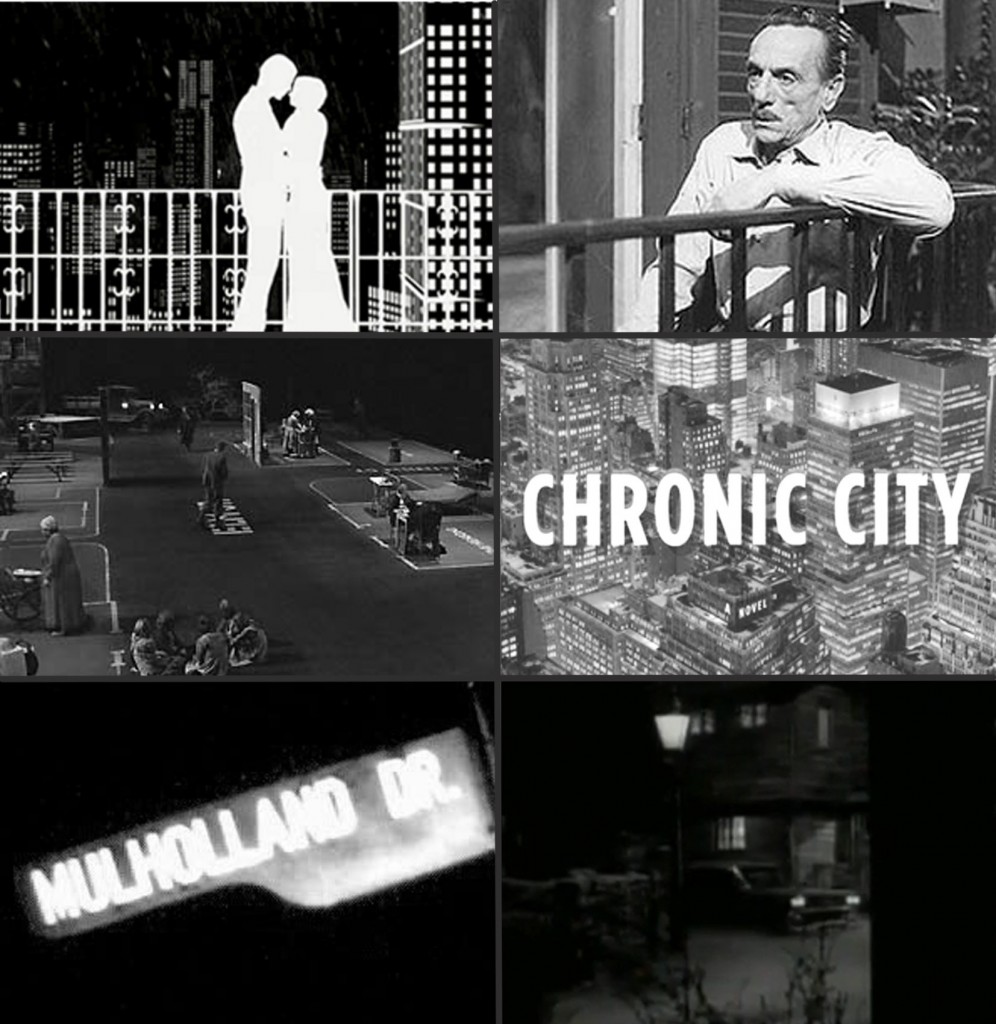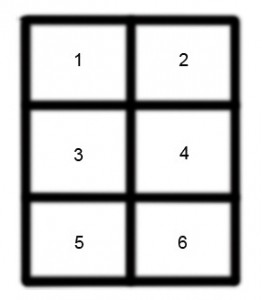#1-1 DARK CITY. Dear city, I adore you. Hurt me.
DARK CITY.
Cara città, io ti adoro. Feriscimi pure.
Questo articolo ha lo scopo di mostrare come per trasmettere un messaggio sia possibile usare diversi modi di esprimersi accomunati però dalla stessa viscerale sensazione di fondo. Come descrivere una sensazione in musica, o in letteratura, o con particolari scelte di scenografia teatrale, eccetera.
Nella vita ho avuto le idee chiare su poche cose, da subito. Una di queste è l’oggetto del mio interesse e del mio mestiere: la città. Il luogo della vita umana, il distinto e cintato dalla natura. Edifici che non sono un unicum “a se” ma che sono per la città e nella città. Così immaginavo metropoli regolari e semplici, poco affollate e dalle fabbriche eleganti e imponenti. Ma non avevo capito nulla. Quanto ho trovato dopo è stato come riscoprire una verità altrimenti evidente: lo spazio dell’uomo è un luogo che è fatto di animi irrequieti, pervasi da sensazioni comuni che permettono di riconoscere il cittadino straniero se lo incontri e ci parli per qualche minuto, senza esitazione. Il mio mestiere, la mia città, quella che immagino oggi, non è quella razionalista di Le Corbusier che nella sua Ville Radieuse negava di fatto la storia della città stessa: sono invece i vicoli dei “Miserabili” di Hugo, il lazzaretto di Milano del Manzoni, le buie stradine londinesi di un signor Hide o Jack “the ripper”. Essa è fatta di palazzi dalla pelle lucente, decorazioni festose e auto-celebrative del lavoro e della probità, automobili e ingorghi, tende semichiuse e persiane mezze sverniciate; ma cela tradimenti e gioie, vite che per il loro intreccio, superano ogni fantasia. Così riapro gli occhi sul mio lavoro, e mi scopro come Frank Miller a disegnare con penna nera e poco altro la mia (Ba)Sin City, dove il costruito è una macchia nera, dove supereroi, anti-eroi, ladri e prostitute si affacciano dagli edifici il cui stile tronfio esalta l’efferatezza dei loro caratteri, le loro bugie, o le loro paure, come in “Questi fantasmi”, tragicommedia che si svolge quasi tutta sul balcone, in cui l’appartamento prende vita, rimane pregno di sentimenti e menzogne al punto tale che il protagonista ha paura a rientrarvi, e si rifugia sulla pubblica facciata, di cui diviene egli stesso parte. Immagino, nell’immaginare la mia città, come Jonathan Lethem vi potrebbe ambientare la storia di persone confuse riguardo il proprio ruolo nella vita, attorniate da palazzi imponenti che con la loro muta sicurezza ne denunciano l’inadeguatezza, quasi accusandole costantemente della loro pigrizia e fragilità. Mi scopro ad amare la mia città, quando ne respiro i fumi delle auto o l’odoraccio dei freni in carbonio, mi acceco con le scintille del tram e provo gusto nel rumore continuo del treno arrugginito che sferraglia; soffoco compiaciuto dentro un vagone di metropolitana attorniato da gente estranea che urla. Sento profondamente l’olezzo dei bidoni della spazzatura, vedo gli escrementi dei cani sul marciapiede come la traccia di un delitto. Mi scopro ad amare la città, che quasi mai ricambia la mia passione ma che anzi rimane in agguato, e resto fermo aspettando il colpo che sta per infliggermi, come fossi un sadomasochista. Costruisco la scenografia mancante di Dogville, lasciando i perversi personaggi di Lars Von Trier, senza sentirmi in diritto di mutarne la fisionomia bonaria e paesana che nasconde sentimenti ferini e azioni terrificanti dietro muri spessi quanto l’aria. Attorniate dalle mie facciate borghesi immagino sulla scena strade e arterie dove si possono celebrare battesimi, veder sfrecciare in Cadillac donne formose e dai sensi appannati sulla Mulholland Drive o scorgere, di nascosto dietro un cespuglio appartato, le mute fiaccolate dei film horror, come nel videoclip di “Bring Your Daughter…To The Slaughter”, e di molti altri degli Iron Maiden, le cui canzoni e copertine macabre hanno spaventato molti benpensanti (una per tutte, quella di Killers con un quartiere buio sullo sfondo, mi torna simpatica) . Questo è il mio lavoro ragazzi, e non lo cambierei con nessun altro.
Sebastian Di Guardo

1 frank miller, sin city. dark horse comics, usa 1991.
2 eduardo de filippo, questi fantasmi. italia 1945
3 lars von trier, dogville. usa 2003
4 jonatham lethem, chronic city. usa 2009
5 david lynch, mulholland drive. usa 2001
6 john llewellyn moxey, the city of the dead/horror hotel. usa 1960. dal videoclip “bring your daughter to the slaughter”, iron maiden, uk 1990
DARK CITY
Dear City, I Adore you. Hurt me.
This article aims to show how to transmit a message. It is possible to use different means of communication, all sharing the same sensation : music, comics, literature.
I’ve had few clear ideas, in my life so far. One of them is my interestand my profession: the city. The place for human life, the distinct and dissimilar from nature. Buildings that are not a unicuum but that are for the city and in the city. I used to imagine a regular simple metropolis with elegant and imposing factory plants. I had no clue. What I learned after, was like finding an obvious truth: the place of man is made of restless souls, pervaded by sensations so similar that you may point out a foreigner without hesitation. My profession, my city, the one I imagine today, is not the rational Ville Radieuse of Le Corbusier (which denied history in the city) but the passages and alleys of Victor Hugo’s Les Miserables, the Milan Lazaret of Alessandro Manzoni, or the dark little streets of London in Mr Hyde or Jack the “ripper”. Buildings with shiny skins, pretty lights and decorations celebrating work and integrity, cars and traffic jams, half-closed blinds and half-painted shutters concealing betrayal, cheating but also joy. A life-plot that overwhelms fantasy. When I open my eyes I find myself like Frank Miller, drawing with a black pen and not much else, my (ba)sin city, where the built is just a black spot and heroes, super-heroes, anti-heroes, thieves and prostitutes lean from buildings whose pompous style celebrates the brutality of their characters, their lies and their fears. As in “These ghosts”, a tragic comedy taking place mainly on a balcony, where the apartment seems to grow alive with feelings and falsehood so much that the main character is afraid of going back inside and seeks refuge on the façade, almost becoming a part of it. I picture in my city imagination how Jonathan Lethem may set the story of people confused by their own life, surrounded by imposing buildings so confident to reveal human failure, fragility and indolence. I find myself loving my city, while I breathe in the stink of exhaustion pipes or carbon brakes, or go blind at tramways sparkles, or treasure the continuous noise of a train rattling past and proudly suffocate in the underground, surrounded by obnoxious and irritating people. I breathe in deeply the stench of garbage bins and I watch at dogs excrements on the sidewalk like a corpus delicti. I find myself loving my city, that never responds to my passion and instead lies in ambush, while I stand still waiting for the final blow, like a sado-masochist. I build Dogville missing scenery, leaving Lars Von Trier’s wicked characters and their rustic warm-hearted features intact. Surrounded by bourgeois façades I imagine baptisms being held on dark streets and avenues, buxom women speed up on Cadillac cars along Mulholland drive and silent torchlights appearing from behind a bush, like a horror movie or the video of “Bring your daughter to the slaughter” or some other Iron Maiden video. (their songs have scared many moralistic and judgmental people, and one especially comes to mind, with a dark city on the background, the girl in Killers). That’s my job, guys, and I wouldn’t change it for anything else.
Sebastian Di Guardo
Translations by Giulia Scaglietta

